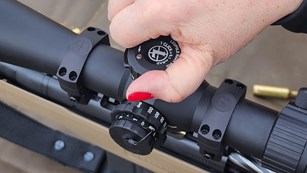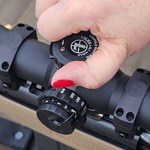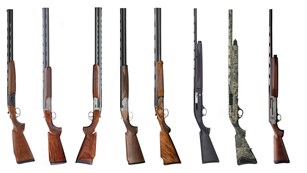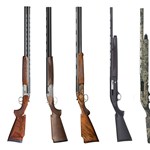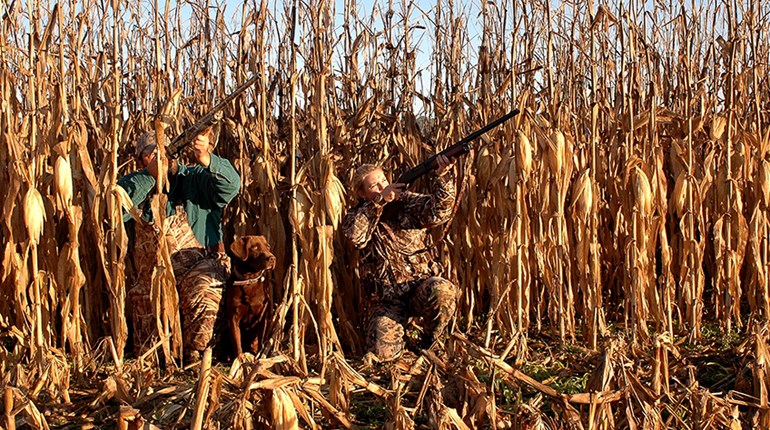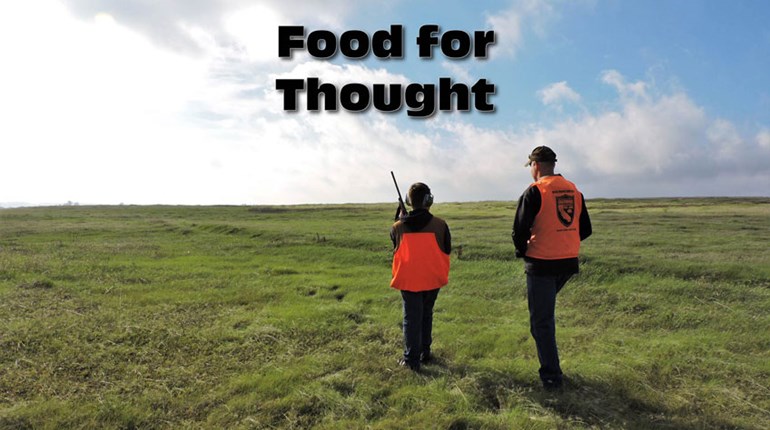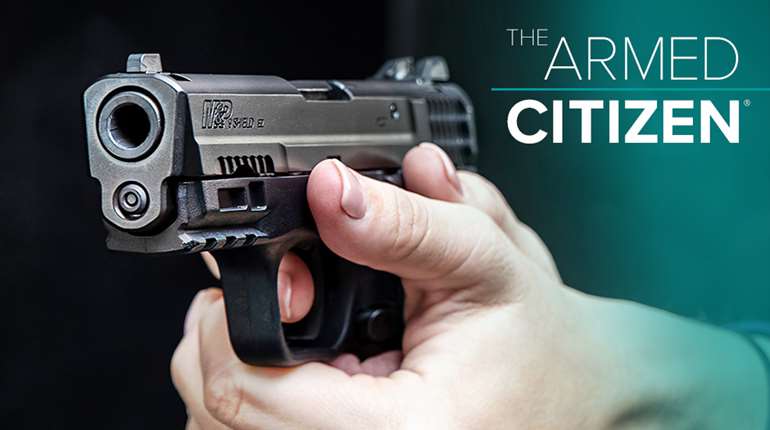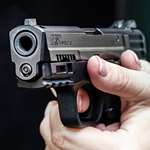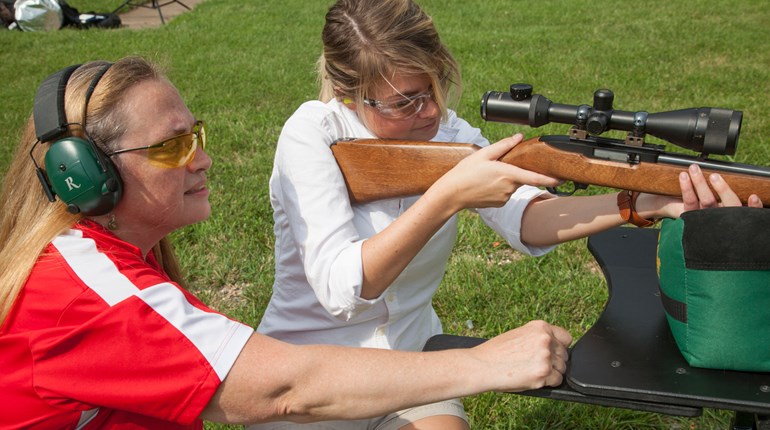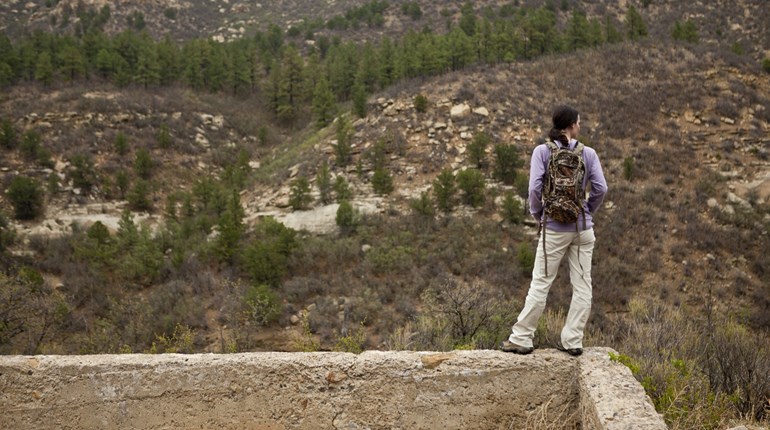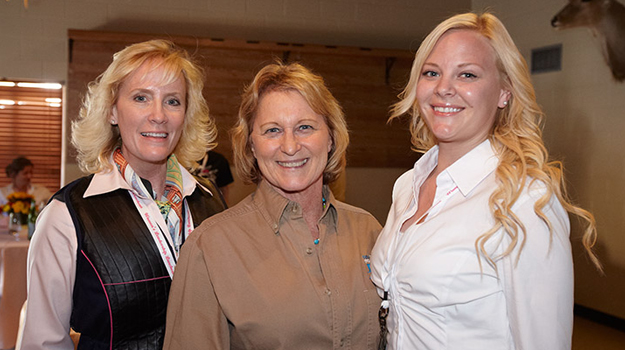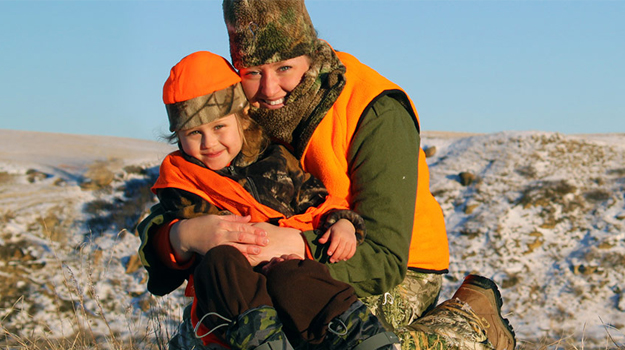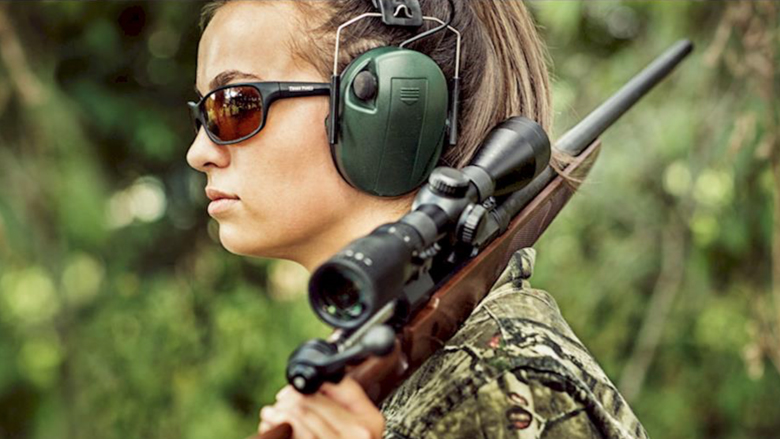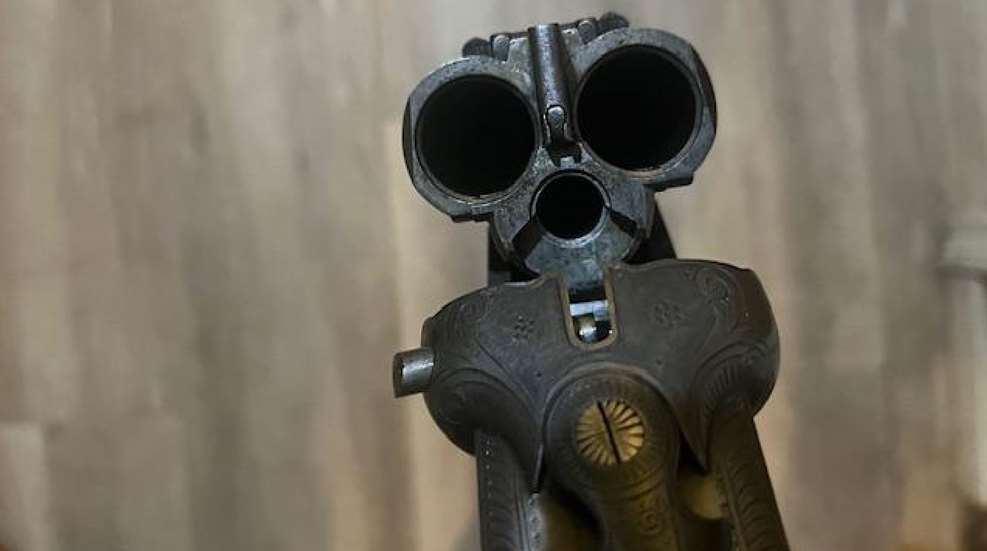
There seems to be a trend in the U.S. firearms market. Firearm owners are going retro! You can identify this is the trend based on what is being marketed to consumers. Major manufacturers such as Smith & Wesson, Colt and Henry Repeating Arms are ramping up productions of vintage-style revolvers, lever-action rifles, and side-by-side coach shotguns.
There are iconic firearms we think of, that are immediately associated with a region, country or continent. When most people think of the Colt Peacemaker or the Winchester rifle, an image of the old American West comes to mind. Likewise, when individuals who shoot think of sleek side-by-side shotguns, an image of an English hillside plays out in our minds. And let’s not forget about the stout side-by-side big bore rifles that invoke images of stalking dangerous game in Africa.

Even though these types of firearms are associated with their correlating regions, countries and continents, they were manufactured and used all over the world. For example, France and Austria were known for quality shotguns. Additionally, European countries produced their own “six-shooters” and were widely distributed. Lastly, even though we associate Africa with big-bore double rifles, they were almost exclusively produced in England, Austria and Belgium.
Two unique firearms—“Drillings” and “Vierlings”—are usually associated with and only produced in one country: Germany. These two firearms are as German as beer, bratwurst and Octoberfest.
If there is one thing that the German Industrial Complex is accused of during the late 19th and early 20th centuries is that they over-engineered everything. Whether good or bad, German over-engineering has produced some of the most advanced and unique products ever produced—including firearms.
Drillings and Vierlings
Simply put, drillings are three-barreled guns and vierlings are four-barreled guns. The German word for three is “drei” and the German word for four is “vier,” hence the names drillings and vierlings. The usual setup of these guns is a break-action firearm, with two side-by-side shotgun barrels over a rifled cartridge barrel.
Drillings and vierlings were often marketed to Germany’s elite citizens. Most were boxlock firearms, and some were produced on sidelock actions. Many boxlock drilling and vierlings had sideplates installed. This was because most were very ornately engraved, often with gamebirds or animal scenes. These firearms were truly works of art.
The most surprising thing about drillings and vierlings is the weight and how they swung on game. It seems logical that a three- or four-barreled firearm would be heavy and cumbersome to swing on game—but quite the opposite is quite true.
Once again, German engineering took over. Both drillings and vierlings average between 7½ lbs. and 8 lbs. This might seem on the heavy side, but the weight of these guns is distributed throughout the gun very well. These firearms are so balanced that they seem much lighter than they are and as a result, are very easy to swing on game.

Configuration
The configuration of drillings and vierlings can vary from gun to gun and manufacturer to manufacturer. On drillings, most seem to be set up as side-by-side shotgun barrels over a rifle barrel. Vierlings are usually side-by-side shotgun barrels with one rifle barrel above the rib, and one below the rib. Vierlings can also be configured with over-under shotgun barrels with rifle barrels on the right side and one on the left side, in between the shotgun barrels.
One of the drillings that I own has a very interesting set up. The drilling is a 1921 Krieghoff with side-by-side 16-gauge shotgun barrels, over a 7.8X57R (8X57 “J” Bore - .318 diameter). I had to “slug” the barrel to make certain it was a “J” bore as opposed to the more common “S” bore (.323 diameter). One of the most interesting parts of this drilling setup is it has a removeable .22 LR insert in the right shotgun barrel. This gives me the option to shoot two 16-gauge shells, 8mm cartridge, and/or a .22 LR.
Right: A typical combination gun (top), drilling (middle) and vierling (bottom) barrel layouts. Public Domain image from Wikipedia.
Shotgun Gauges
Though drillings and vierlings can be found chambered in any common gauge, it seems that the most common shotgun gauge in these unique firearms is 16 gauge. The thing to be aware of is that many drillings and vierlings may only be chambered for 2½-inch shotshells. This is why it is very important to check the chambers with a chamber gauge.
Never, ever shoot 2¾-inch or larger shotshells out of a shotgun chambered for 2½-inch shells. If you have any shotgun that is chambered for 2½-inch shells, you can do your research and find proper shells that will work in your firearm. Your other option is to ream out the chamber of your shotgun barrels. This is a simple procedure that can be done by a qualified gunsmith, or you can do it yourself.
Rifle Calibers
There is another “cool factor” when it comes to drillings and vierlings. That is the caliber of the rifle portion of the gun. Some of the drillings and vierlings calibers are somewhat common, such as the 7X57 Mauser or the 8X57 Mauser. Many of the other calibers are obsolete such as the 9.3X72R or the 8X57 “J” bore (7.8X57R) and extremely interesting to research and shoot!
Researching and shooting obsolete cartridges is very satisfying. Usually, these cartridges can be found in businesses that specialize in obsolete cartridges. You can also find someone who reloads ammunition that has access to the data and components needed to produce safe rounds to shoot out of older firearms.
I have another drilling that also ranks very high on the “cool” factor. It is a side-by-side 16-gauge with a rifle underneath chambered in 9.3X72R. This caliber is the original 9 mm rifle cartridges from which all the others rose. To top off the “cool factor” of this firearm, it has an old-style underbreak to open the action.
Reed’s Ammunition and Research
While researching obsolete cartridges, I came across Reed’s Ammunition and Research. This company website offers many obsolete cartridges or other hard to find rounds, including 2½-inch shotshells. Additionally, if you do not see it on the website or it shows out of stock, email the company—it may be available. It is apparent that Ron Reed believes in customer service. If you are unsure of the caliber of your firearm, they offer services, such as slugging the barrel, for no charge.


Reed’s Ammunition and Research also offers information such as process, design, dimensions, and load data upon request. I was looking for the cartridge 9.3X72R and Mr. Reed sent me schematics as well as other data regarding this cartridge at no charge. Reed’s Ammunition and Research can find you what you need when it comes to shotshells and cartridges.
Drillings and vierlings are certainly conversation starters. When I take one of my drillings to the trap or skeet range, it always turns head. Showing up to the range with a unique firearm, no matter what it is, is a great way of meeting other like-minded shooters. The best part of using unique firearms, whether vintage or new, can only be described as fun! I also plan to take these drillings to the deer camp this coming season and take a couple of whitetail deer for nostalgia. I am looking forward to taking a whitetail deer with a firearm that has probably not been used to take a large game such as roe deer, red stag, and wild European boars since the early 20th century.


